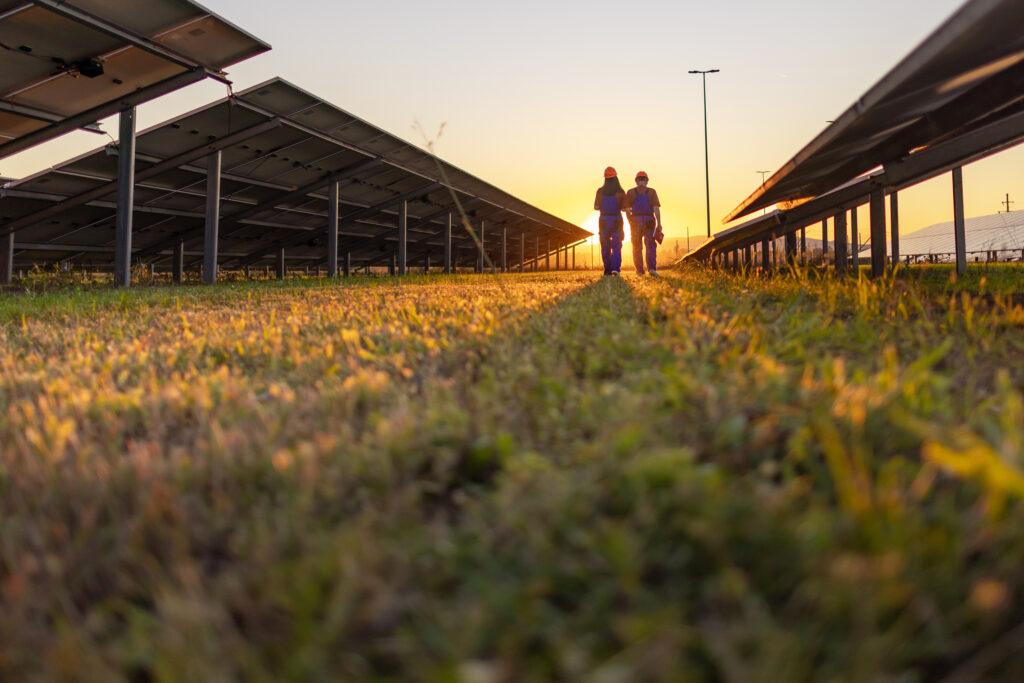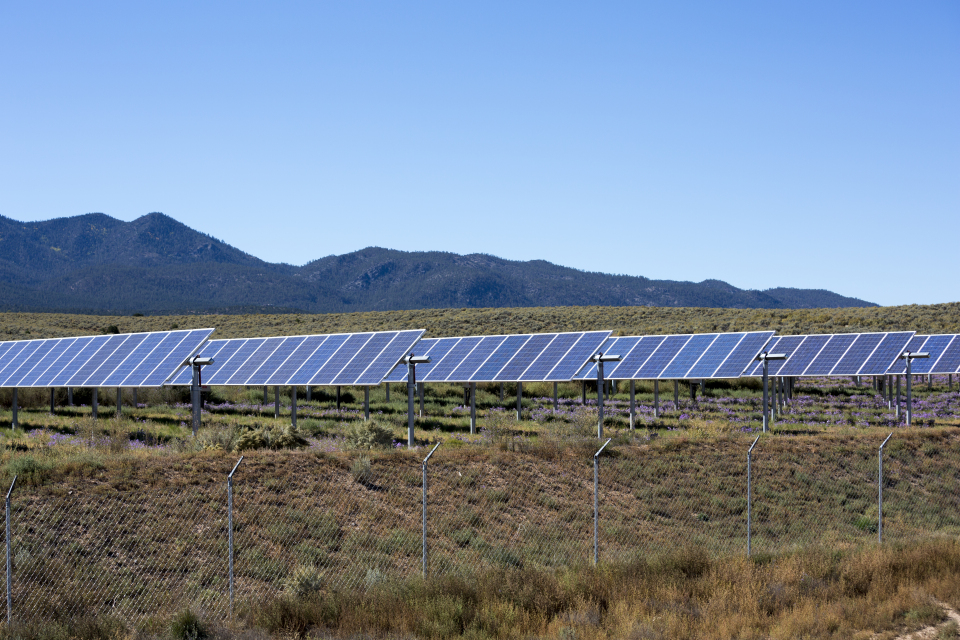How landowner rights guide partnership conversations
A landowner’s ability to decide how land is used, whether for crops, livestock, conservation or energy production, is one of the oldest and most protected rights in American law. As renewable energy projects reach more rural communities, understanding how those rights apply helps landowners make confident, informed choices about their property.
The Roots of Property Rights
Private property rights are rooted in the Fifth Amendment of the U.S. Constitution, which ensures that private property cannot be taken for public use without adequate compensation. This principle protects individuals’ freedom to decide how their land is used and to benefit financially from those decisions.
For generations, these rights have guided how landowners lease or develop property for agriculture, minerals or other economic purposes. Renewable energy decisions follow the same legal foundation: they depend on voluntary participation and respect for private ownership.
Property Rights in Renewable Energy Development
Renewable energy projects on private land depend on mutual agreement between developers and landowners, placing property rights at the center of each project from the very beginning.
These arrangements follow long-standing legal traditions. For more than a century, American law has recognized landowners’ ability to lease property rights for economic use, from grazing and timber to mineral or oil development. Renewable energy decisions follow the same model; they rely on clear contracts and respect for private ownership rather than government direction.
For landowners, that means having the opportunity to review, negotiate or decline lease offers based on what works best for their operation. It also means ensuring that any agreement reflects their priorities, like protecting productive acres, clarifying access routes and defining compensation terms that make sense for the farm or ranch. When approached thoughtfully, these decisions allow landowners to exercise their rights with confidence and retain control over how their land is used.
Balancing Community and Individual Interests
Land use decisions in rural communities often spark passionate debate. Some neighbors may worry about how a project changes the landscape or view. Those feelings are understandable, but courts have long recognized that aesthetic objections are inherently subjective. What one person sees as a disruption another may see as progress or opportunity.
To keep decision-making fair, communities can focus on measurable impacts rather than visual preference. As the Vermont Supreme Court noted, relying on aesthetic judgments would effectively allow courts or neighbors to dictate how private property looks or feels, undermining the very rights that property law was designed to protect. Local officials play a complementary role by adopting clear, measurable standards — such as setbacks, height limits and sound levels — that balance individual choice with community interests.
Why Property Rights Matter
Strong property rights don’t just benefit individual landowners — they benefit entire communities. They create consistency, attract responsible investment and help ensure that decisions about land use remain transparent and voluntary. When local ordinances are guided by fairness and objectivity, they build trust among neighbors, developers and local governments alike.
Renewable energy discussions may be new for some communities, but the principles behind them are not. The same rights that protect a landowner’s choice to plant a certain crop or lease grazing land also protect the decision to host, or not host, an energy project.
REFA helps landowners understand their rights and responsibilities when approached about renewable energy development, ensuring decisions stay grounded in fact, fairness and respect for private ownership. Join REFA today.



